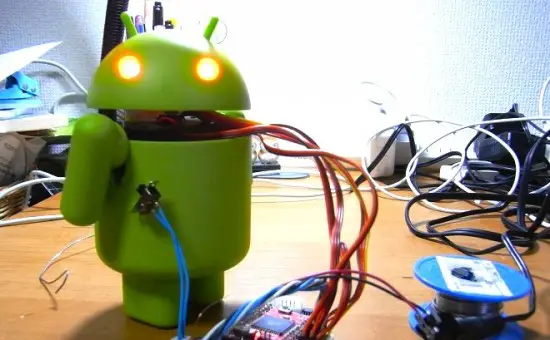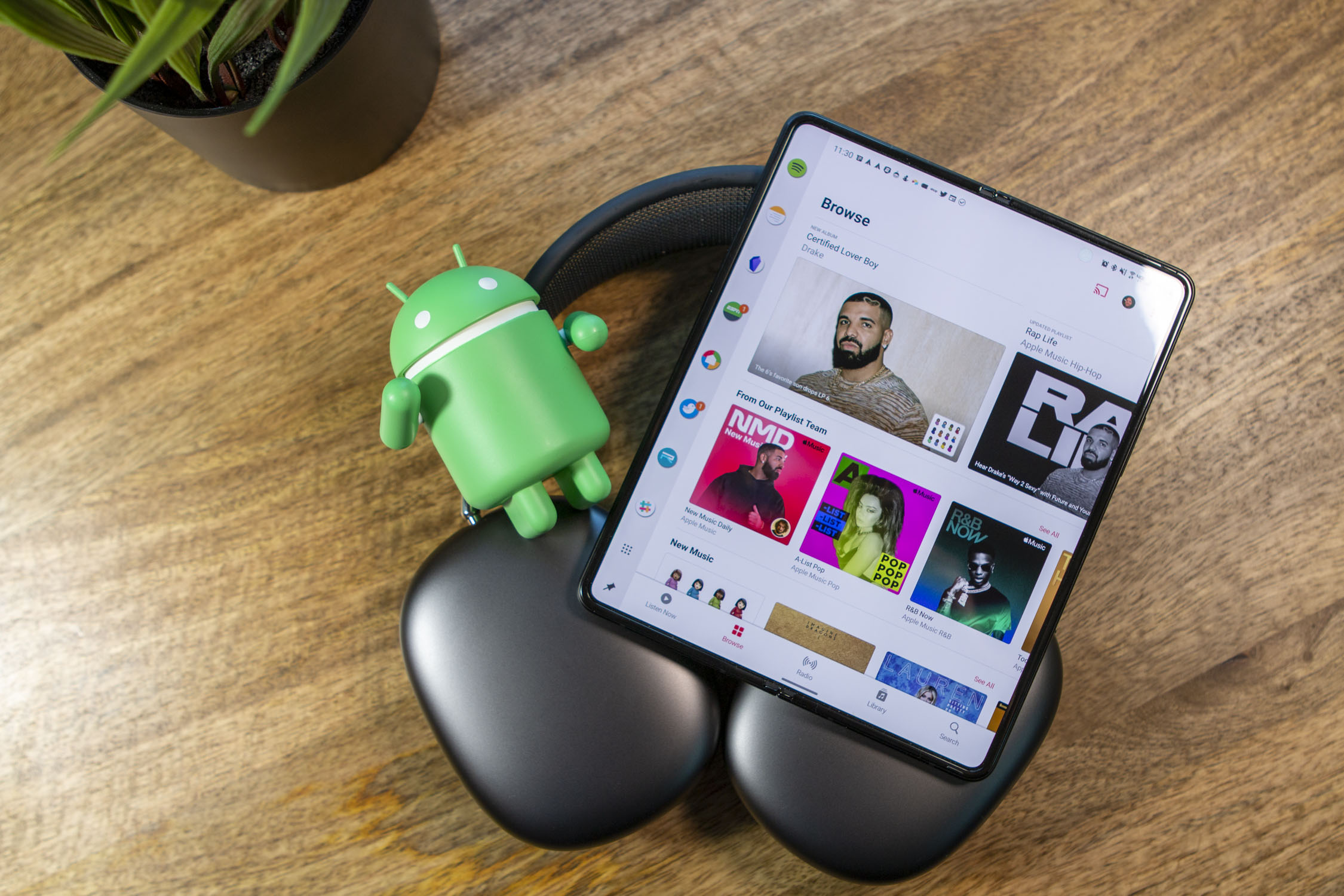The Android SDK was updated to revision 17 earlier today, bringing with it the usual sort of bug fixes (for Lint) and adding performance improvements specifically, to the emulator for x86 devices. Thanks to Intel’s contributions to AOSP, the emulator now runs at almost native speed and is no longer sluggish. Unfortunately, the new x86 improvements are only working for Android 2.3 at the moment, but this is still a step in the right direction. Also added was support for multitouch on tethered devices, which should help in creating apps for all you developers out there. Have fun.










I’m sorry but may I clarify? The emulator runs at native speed only when emulating x86 devices. If for example I want to emulate Galaxy S2 (which uses ARM system image), it is still sluggish.
And the source link is broken. Here it is: http://android-developers.blogspot.com/2012/03/updated-sdk-tools-and-adt-revision-17.html
Not too privy on Android development. Updated my post. Thanks for the clarification, sir! =)
Additionally, the x86 images are only accelerated if you’re running Windows or OSX. Us Linux users are SOL.
Linux has VM acceleration support via KVM according to this info:
http://developer.android.com/guide/developing/devices/emulator.html#accel-vm
Back in December Android released Android 4.0 for X86 http://www.netbooknews.com/40728/android-4-0-now-available-on-x86/
Think you could give the exact link that points that indicates it now only supports 2.3?
“Also added was support for multitouch on tethered devices”
This sentence is a bit unclear.. the original is much better:”we are adding experimental support for Multi-Touch input through a tethered Android device “Meaning you can use your Android device to control the emulator.
I have tried the acceleration with the Intel Atom x86 image (Api 10) that you get from SDK Manager but are there any other images? Where do we get them?